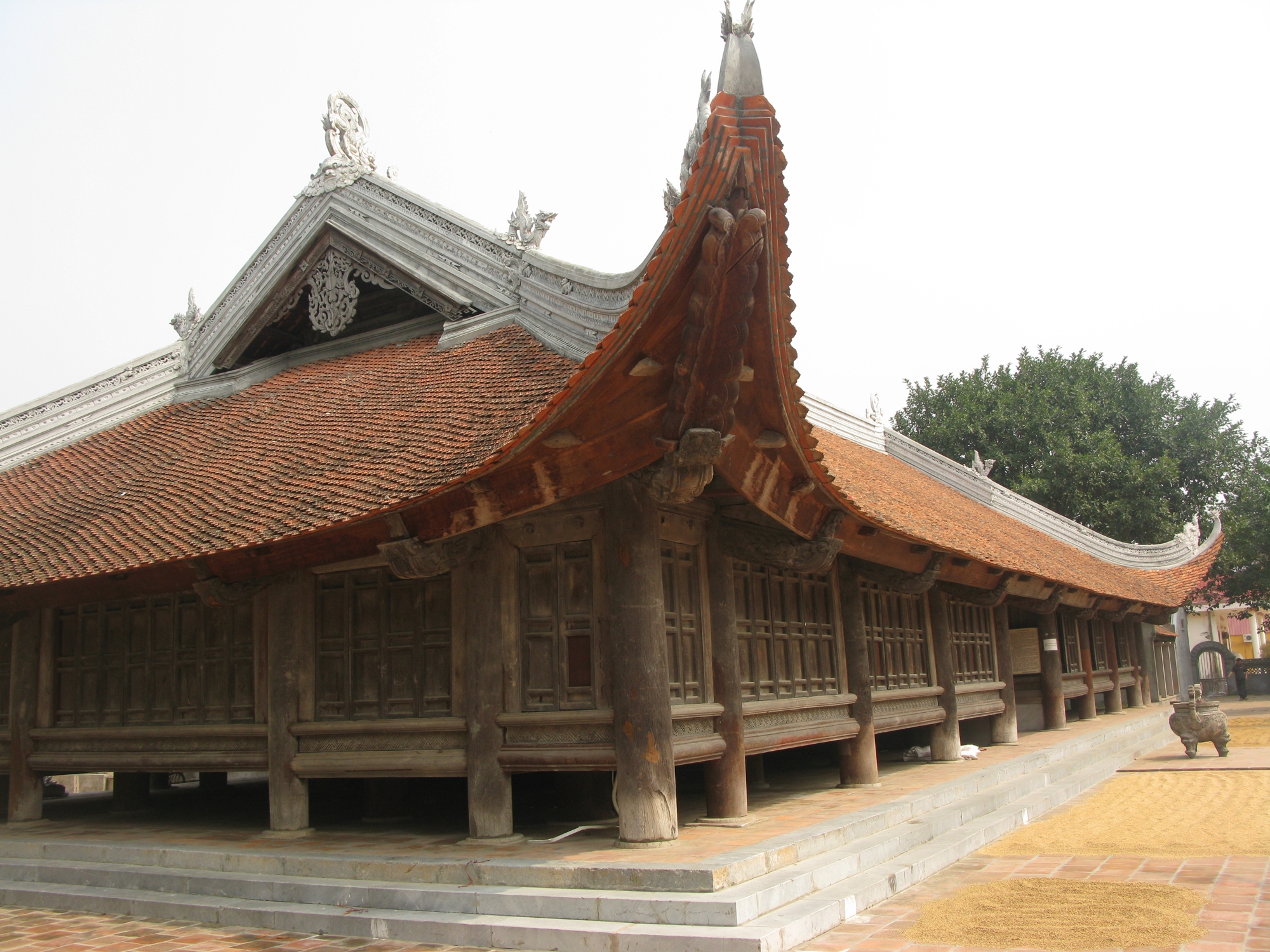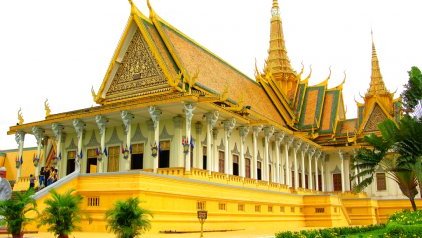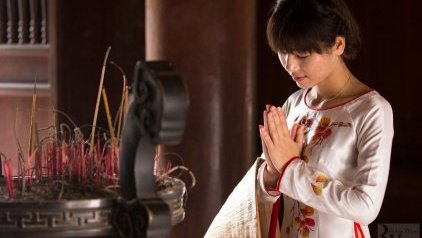Vietnamese Architecture - Reflecting One Part of Vietnamese Culture
Vietnam architecture is a composition of both Asian and European styles. Its history can be divided into highlight stages, namely ancient architecture, colonial architecture, new architecture, and contemporary architecture.
One of the outstanding things to foreigners is the architecture that reflects a part of Vietnamese culture. Although Vietnam architecture was influenced by Chinese and Western styles due to the colonial time but we also created our unique architecture. And after wars, the refinement of Vietnamese architecture continues to be well presented in the Hanoi Old Quarter, Vietnam ethnic stilt houses, and a myriad of temples and pagodas, communal houses, ancient villages across the country.
Located in the Indochina Peninsula, Vietnam and its building fabric are tied to the country’s hilly and densely forested landscape. The diverse topography between the northern highlands and southern lowlands lead to a varied climate, where architecture had to meet different thermal and humid conditions. Constructed amidst basalt plateaus, continuous coastlines, and the Red River Delta, Vietnamese architecture adopted a nimble and adaptable nature.
Traditional Architecture
According to Vietnam Architecture Association, “the process development of Vietnam’s ancient design is expounded with the natural surroundings and socio-economical state of affairs. From the tiny monument like traditional designs to the sophisticated and grandiose buildings like palaces, the native materials were taken in used like bamboo, wood, leaves, stone, etc., and later are brick, ceramic, pottery, etc. The systems of pillar, frame, and beam are stipulated in terms of ration, correlation, and dimension.
1. Vietnam ancient architecture
In particular, the development of Vietnam architecture is different in each period of history. The original Vietnamese design ought to be originated from the Hung Kings dynasty. At that time, wood was used to build houses for protecting people from wild animals. They designed their house in two shapes: one was boat formed and another different was tortoise – shell-shaped.
-
Ly Dynasty architecture
In the 11th century, the Ly dynasty opened a new epoch for architecture during the developing feudal state. Generally, the Ly dynasty’s architecture was five orthodox styles: citadels, palaces, castles, pagodas, and houses. It was influenced by Buddhism and served Buddhism. Therefore, Thang Long Capital culture deeply mirrored the characteristics of the tower-pagoda. In 1031, there were 950 pagodas built during King Ly Thai Tong's empire.
The feature of architecture under the Ly dynasty was a high residential complex, a lot of decorative roofs, doors, door-steps, banisters, and rounded statues. All are suitable with Vietnam’s climate and folk customs.
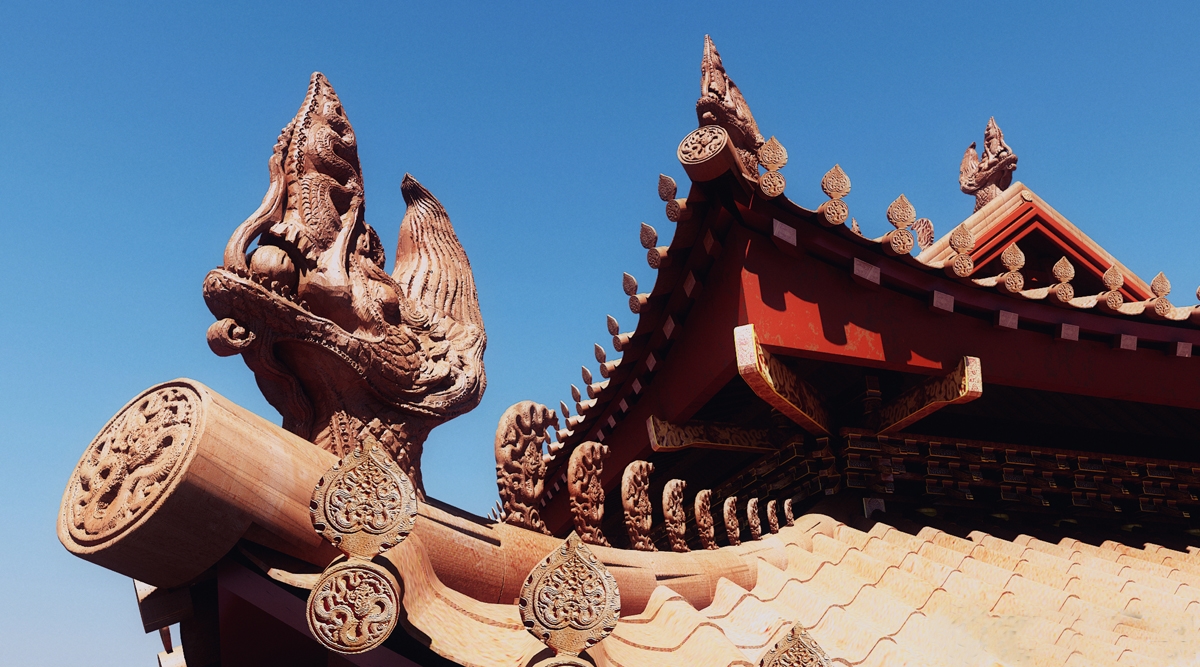
Ly Dynasty Typical Roof
-
Tran Dynasty architecture
The popular works under Tran Dynasty were pagoda, house, temple, and citadel. Some significant pagodas at this time are Binh Son Tower (Vinh Phuc province), Pho Minh Tower (Nam Dinh province), Thai Lac pagoda (Hung Yen province).
The complexity and structure of the Pho Minh temple is an impressive example of the art form of the Tran dynasty and the subsequent centuries. The structure was designed in three main sections: the lobby, main hall, and sanctuary. Interior garden and yard played an important part in total structure complex. It expresses universe opinion.
The royal palace structure was designed with upper - floors and systems of consecutive corridors in an open-air space that was suitable for tropical climate.

Pho Minh Tower
-
Le Dynasty architecture
Under King Le's reign, the orthodox architecture was a royal palace and royal tomb. In 16th and 17th centuries, religious architecture got the new advance.
But Thap temple in Bac Ninh Province is known for its structure and its decorative statue. Once social organization lost quality, folk-art continued to be reflected in carvings and paintings, hunting, sloughing, wrestling, and cutting. The pagoda and temple construction techniques achieved progress throughout the 18th century. Two pearls of architecture at that time were Tay Phuong pagoda and Bang Communal House.
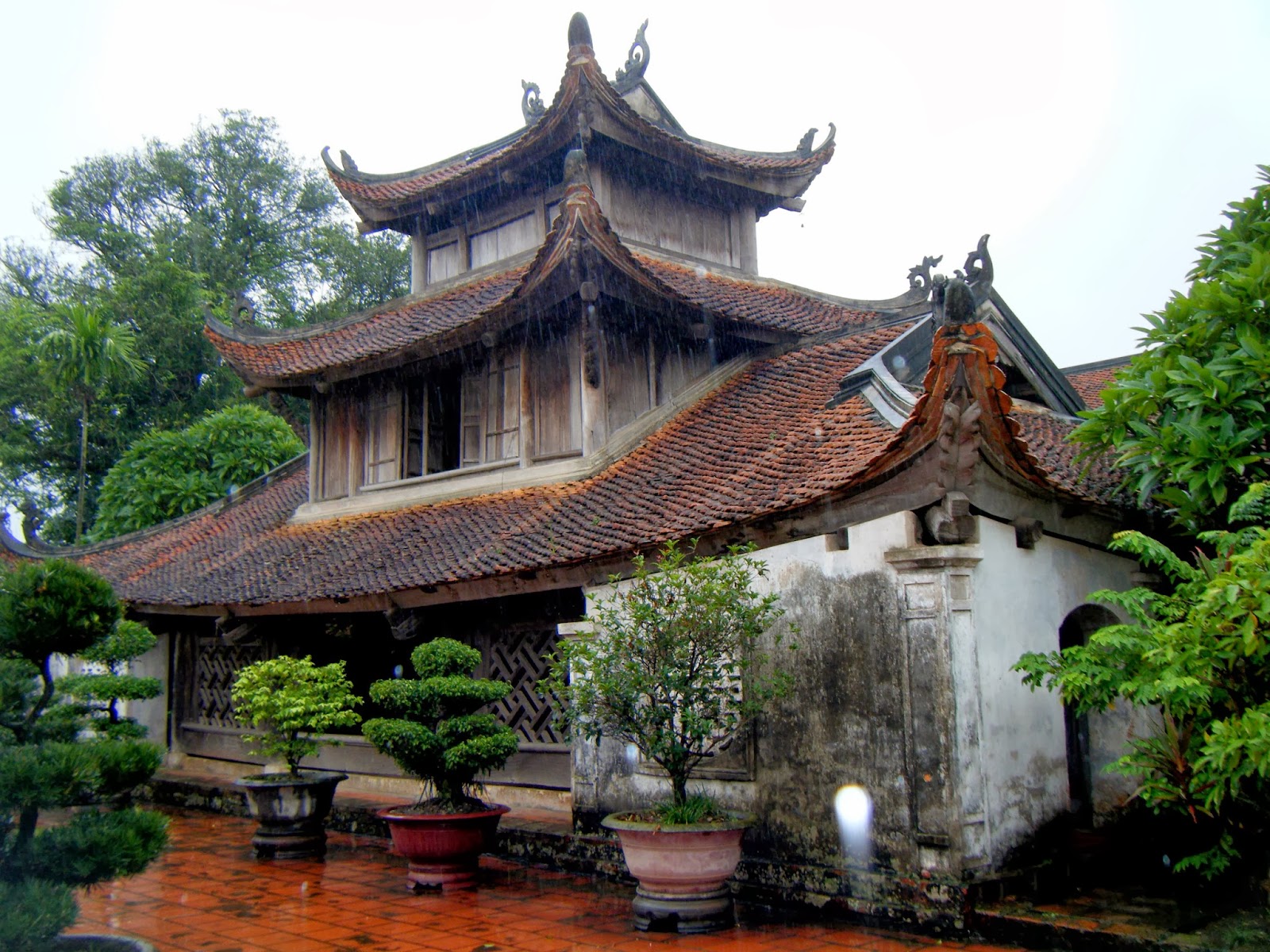
But Thap Pagoda
-
Nguyen Dynasty architecture
Hue city became the capital under Nguyen Dynasty so the development in the North was slowed down. In Thang Long, Khue Van Cac (Constellation of Literature pavilion), Ngoc Son temple, and some structures were built. In contrast, the project in Hue was developed, especially, garden - house complex. Nowadays, we still see this distinctive design through the remained citadels, palaces, tomb, and gardened houses in Hue that is quite different from the tube type of houses in Ha Noi.

The pavilion of the constellation of literature (Khue Van Cac) in the Temple of Literature.
2. Vietnam colonial architecture
Whilst walking around Vietnam, you may have to stop when suddenly being confronted with a typically French building. Architecturally, the French left their mark throughout Vietnam – all of the big cities have a number of stately structures that date from colonial times and, in many cases, they carry on serving the same function as they did under the French. This kind of architecture was developed in parallel with the process of colonial exploitation of colonialism. Particular characteristics of geographical and climatic conditions are relatively different; as a result, the European-style architecture had to have certain changes in order to deal with Vietnam’s weather conditions. While many of the old French residences have crumbled badly, others have been renovated and given a new lease on life as upper crust hotels full of French trimmings or restaurants.
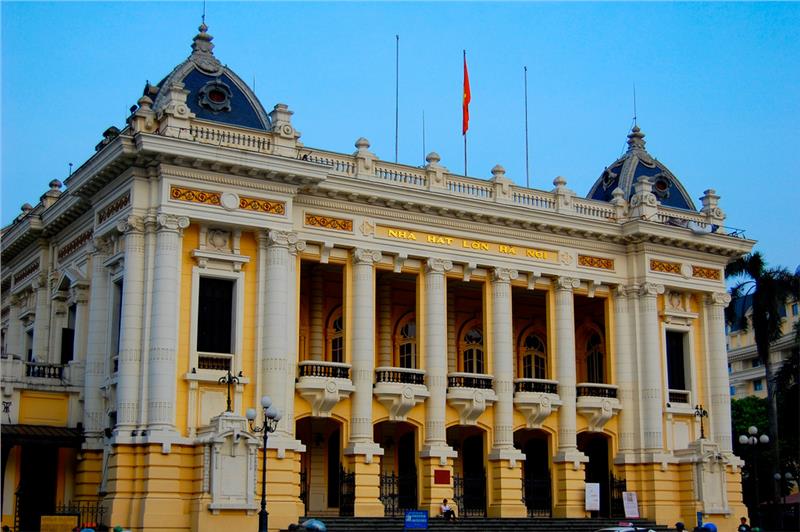
Hanoi Opera House
3. Modern Architecture in Vietnam
As Vietnam continues to invest in its tourist industry, all sorts of new architecture have been springing up in the country. This type of architecture could be formed from the mid-20th century, after the exit of Vietnam's colonial period from the French. Based on different historic conditions, the architecture in the north and the south are also subject to certain effects. The development of the economy as well as the process of international integration after the renewal period along with the introduction of many different architectural flows into Vietnam formed a new architectural trend. In the opening stages, this architectural style much brought chaos by copying foreign architectural features.

Bitexco Financial Tower
On the whole, you will have a chance to visit many architectural gems in Vietnam. While Vietnam holiday, you can explore the architectural sites, traditional villages, colonial towns, and modern cities. Don't forget to bring your cameras!
Xuyen
Image Sources: Internet
